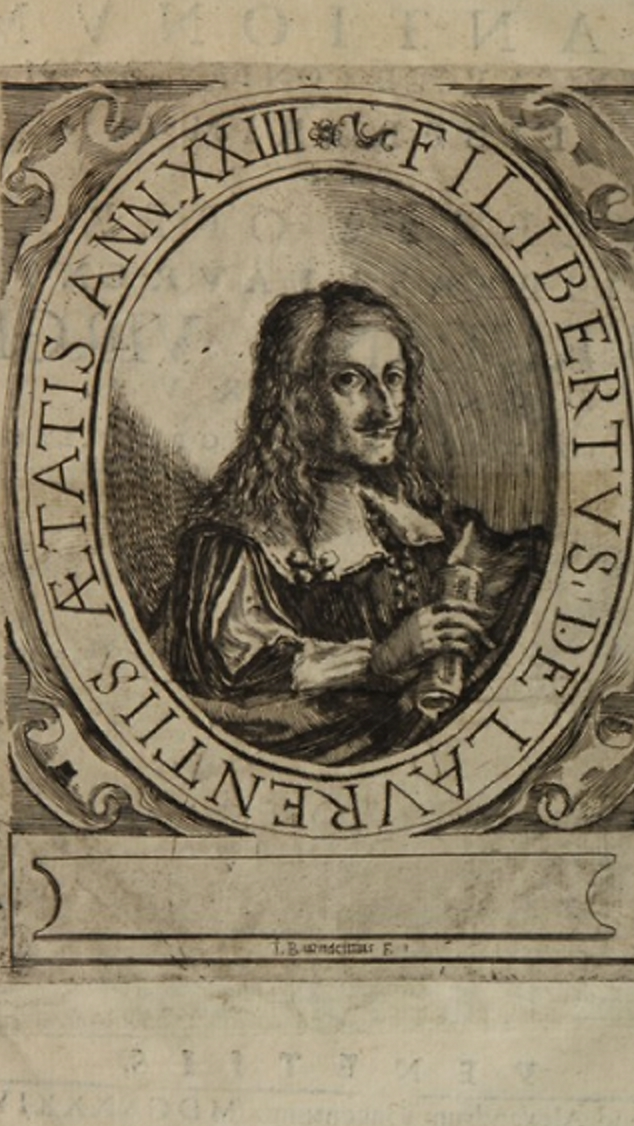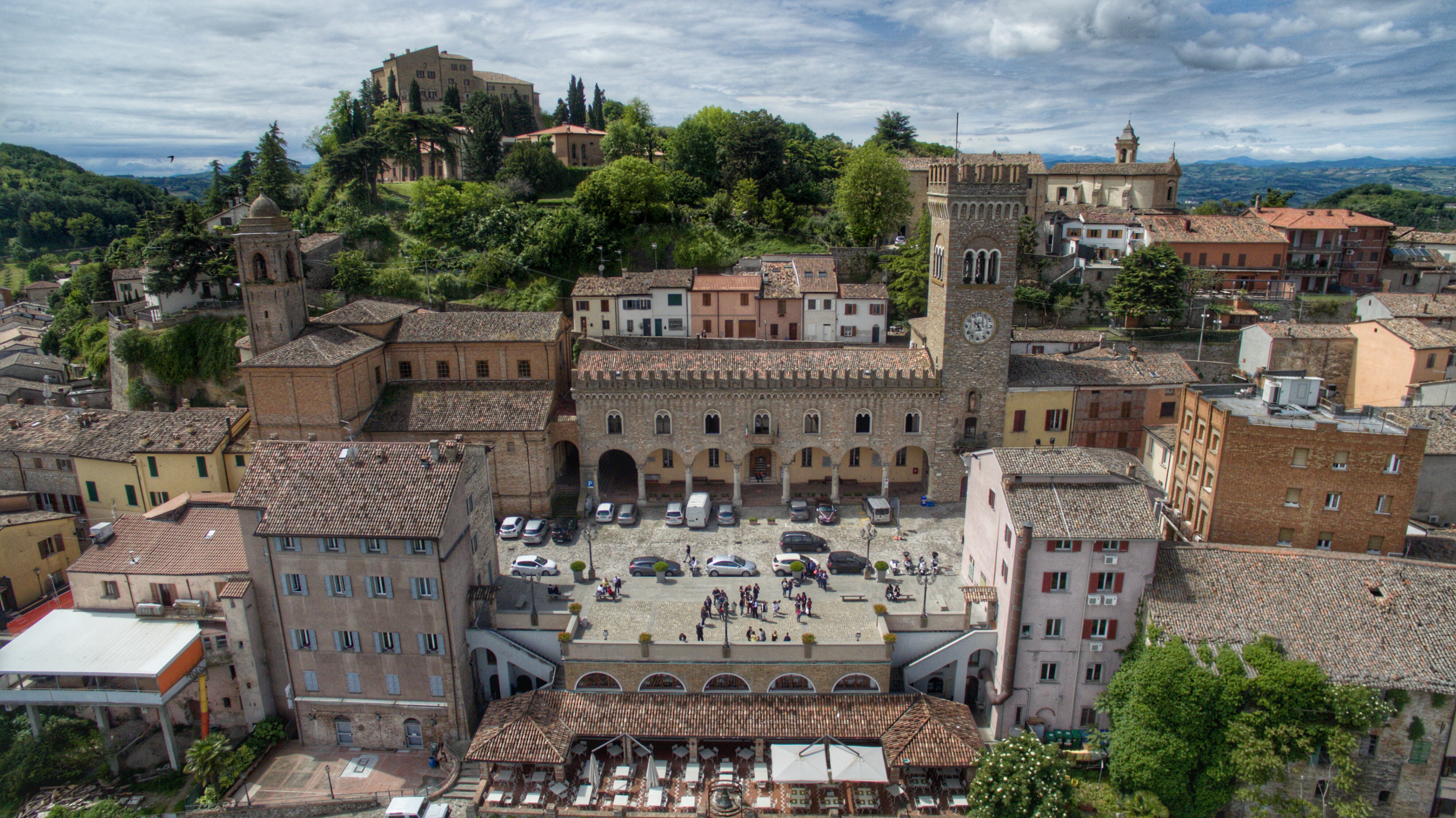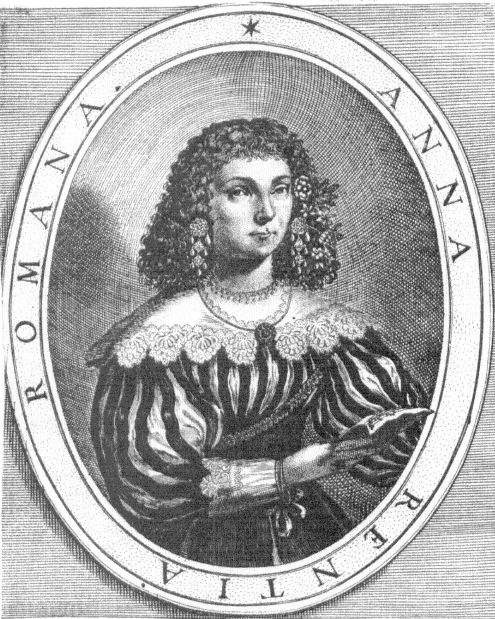|
Filiberto Laurenzi
Filiberto Laurenzi (Bertinoro, 1618 – ...) was an Italian composer and harpsichordist. He was tutor and accompanist of soprano Anna Renzi for whom he wrote her debut work '' Il favorito del principe'' (1640, music lost). He followed her to Venice where he collaborated with Monteverdi in the composition of '' L'incoronazione di Poppea'' (1643), and was the main composer of ''La finta savia'' (also 1643) to a libretto by Giulio Strozzi Giulio Strozzi (1583 - 31 March 1652) was a Venetian poet and libretto writer. His libretti were put to music by composers like Claudio Monteverdi, Francesco Cavalli, Francesco Manelli, and Francesco Sacrati. He sometimes used the pseudonym Luigi .... His ''Trionfo della fatica'' was performed in Rome in 1647.Lorenzo Bianconi ''Music in the Seventeenth Century'' 1987 p 195 0521269156 "trionfo della fatica, staged during the Roman Carnival of 1647 with music by Filiberto Laurenzi." References 1618 births People from Bertinoro {{Ital ... [...More Info...] [...Related Items...] OR: [Wikipedia] [Google] [Baidu] |
Bertinoro
Bertinoro () is a town and ''comune'' in the province of Forlì-Cesena, Emilia-Romagna (Italy). It is located on hill Mount Cesubeo, in Romagna, a few kilometers from the Via Emilia. History There are remains of a settlement dating from the Iron Age, next to the ''frazione'' of Casticciano. As for Bertinoro itself, it was probably a strongpoint on the Roman road connecting Forlì to Rimini. Later, during the barbaric invasions, it was moved to the current location. In 1177 the castle, already well developed and known as ''Castrum Cesubeum'', housed the emperor Frederick Barbarossa. The named changed to ''Castrum Brittinori'' during the reign of Otto III, becoming seat of the countship. Main sights *The ''Rocca'' (castle), built around the year 1000. It is now home to the Museum of Holy Arts and a section of the University of Bologna. *The Communal Palace, built in 1306 by Pino I Ordelaffi. *''Colonna delle Anelle'' ("Column of the Ring" or "Column of hospitality"). It is a colum ... [...More Info...] [...Related Items...] OR: [Wikipedia] [Google] [Baidu] |
Anna Renzi
Anna Renzi ( – after 1661) was an Italian soprano renowned for her acting ability as well as her voice, who has been described as the first diva in the history of opera. Career Born in Rome, Anna Renzi was highly popular in Vienna in 1640s and made her debut in 1640 at the Palazzo Pallavicini-Rospigliosi of the French ambassador, in the presence of Cardinal Richelieu, as Lucinda in ''Il favorito del principe'' (music lost) by :it:Ottaviano Castelli and the young composer Filiberto Laurenzi who continued to function as her teacher and/or accompanist in later years. In 1641 she made her sensational Venetian debut as Deidamia, the title role of ''La finta pazza'' (''The Feigned Madwoman'') by Giulio Strozzi and Francesco Sacrati, which inaugurated the Teatro Novissimo, the sets designed by the celebrated stage designer Giacomo Torelli. In 1642 she created Archimene (probably doubling as Venere)Schneider, p. 270n. in ''Il Bellerofonte'' (music lost) by Vincenzo Nolfi and Sacrati at ... [...More Info...] [...Related Items...] OR: [Wikipedia] [Google] [Baidu] |
Venice
Venice ( ; it, Venezia ; vec, Venesia or ) is a city in northeastern Italy and the capital of the Veneto Regions of Italy, region. It is built on a group of 118 small islands that are separated by canals and linked by over 400 bridges. The islands are in the shallow Venetian Lagoon, an enclosed bay lying between the mouths of the Po River, Po and the Piave River, Piave rivers (more exactly between the Brenta (river), Brenta and the Sile (river), Sile). In 2020, around 258,685 people resided in greater Venice or the ''Comune di Venezia'', of whom around 55,000 live in the historical island city of Venice (''centro storico'') and the rest on the mainland (''terraferma''). Together with the cities of Padua, Italy, Padua and Treviso, Italy, Treviso, Venice is included in the Padua-Treviso-Venice Metropolitan Area (PATREVE), which is considered a statistical metropolitan area, with a total population of 2.6 million. The name is derived from the ancient Adri ... [...More Info...] [...Related Items...] OR: [Wikipedia] [Google] [Baidu] |
Monteverdi
Claudio Giovanni Antonio Monteverdi (baptized 15 May 1567 – 29 November 1643) was an Italian composer, choirmaster and string player. A composer of both secular and sacred music, and a pioneer in the development of opera, he is considered a crucial transitional figure between the Renaissance and Baroque periods of music history. Born in Cremona, where he undertook his first musical studies and compositions, Monteverdi developed his career first at the court of Mantua () and then until his death in the Republic of Venice where he was ''maestro di cappella'' at the basilica of San Marco. His surviving letters give insight into the life of a professional musician in Italy of the period, including problems of income, patronage and politics. Much of Monteverdi's output, including many stage works, has been lost. His surviving music includes nine books of madrigals, large-scale religious works, such as his ''Vespro della Beata Vergine'' (''Vespers for the Blessed Virgin'') of ... [...More Info...] [...Related Items...] OR: [Wikipedia] [Google] [Baidu] |
L'incoronazione Di Poppea
''L'incoronazione di Poppea'' ( SV 308, ''The Coronation of Poppaea'') is an Italian opera by Claudio Monteverdi. It was Monteverdi's last opera, with a libretto by Giovanni Francesco Busenello, and was first performed at the Teatro Santi Giovanni e Paolo in Venice during the 1643 carnival season. One of the first operas to use historical events and people, it describes how Poppaea, mistress of the Roman emperor Nero, is able to achieve her ambition and be crowned empress. The opera was revived in Naples in 1651, but was then neglected until the rediscovery of the score in 1888, after which it became the subject of scholarly attention in the late 19th and early 20th centuries. Since the 1960s, the opera has been performed and recorded many times. The original manuscript of the score does not exist; two surviving copies from the 1650s show significant differences from each other, and each differs to some extent from the libretto. How much of the music is actually Monteverdi's, and ... [...More Info...] [...Related Items...] OR: [Wikipedia] [Google] [Baidu] |
La Finta Savia
''La finta savia'' is a 1643 drama by Giulio Strozzi written for the Teatro Santi Giovanni e Paolo with music by Filiberto Laurenzi. It is a sequel to Strozzi's ''La finta pazza'' (1641) whi was set to music by Francesco Sacrati. The music was mainly by Laurenzi but was supplemented in act 1 with scenes 3 to 5, 10 and 12 by Tarquinio Merula, in scene 6 mainly by Arcangelo Crivelli except for a canzonetta by Laurenzi. In act 1, scenes 2 and 3 were by Crivelli and in act 3 scenes 1 and 7 to 9 by Benedetto Ferrari. by , '' The New Grove Dictionary of ... [...More Info...] [...Related Items...] OR: [Wikipedia] [Google] [Baidu] |
Giulio Strozzi
Giulio Strozzi (1583 - 31 March 1652) was a Venetian poet and libretto writer. His libretti were put to music by composers like Claudio Monteverdi, Francesco Cavalli, Francesco Manelli, and Francesco Sacrati. He sometimes used the pseudonym Luigi Zorzisto. Biography Giulio Strozzi was a bastard, and later legitimized, son of Roberto Strozzi, from the Strozzi family. Born in Venice in 1583, he first studied there before going to the University of Pisa to study law. He lived and worked in Rome, Padua and Urbino before returning to Venice in the 1620s. He was the adoptive father of composer Barbara Strozzi (born in 1619 from Isabella Garzoni, a woman servant living in Strozzi's house, and possibly his illegitimate daughter). He remained there until his death on 31 March 1652. Work He wrote poetry and plays, but is best remembered as one of the first writers of libretti, the texts used for all kinds of musical plays but most specifically opera. His earliest known work was in 1609, ... [...More Info...] [...Related Items...] OR: [Wikipedia] [Google] [Baidu] |
1618 Births
Events January–June * February 26 – Osman II deposes his uncle Mustafa I as Ottoman sultan (until 1622). * March 8 – Johannes Kepler discovers the third law of planetary motion (after some initial calculations, he soon rejects the idea, but on May 15 confirms the discovery). * April 21 – Spanish-born Jesuit missionary Pedro Páez becomes (probably) the first European to see and describe the source of the Blue Nile in Ethiopia. * May 23 – The Second Defenestration of Prague – Protestant noblemen hold a mock trial, and throw two direct representatives of Ferdinand II of Germany (Imperial Governors) and their scribe out of a window into a pile of manure, exacerbating a low-key rebellion into the Bohemian Revolt (1618–1621), precipitating the Thirty Years' War into armed conflict, and further polarizing Europe on religious grounds. * June 14 – Joris Veseler prints the first Dutch newspaper '' Courante uyt Italien, Duytslandt, &c ... [...More Info...] [...Related Items...] OR: [Wikipedia] [Google] [Baidu] |



.jpg)
.jpg)

